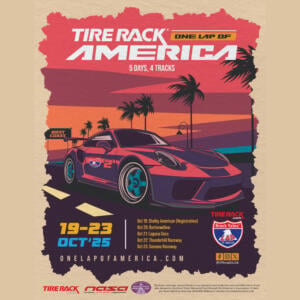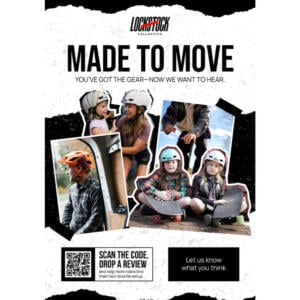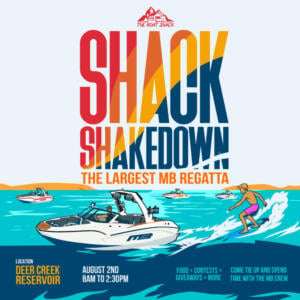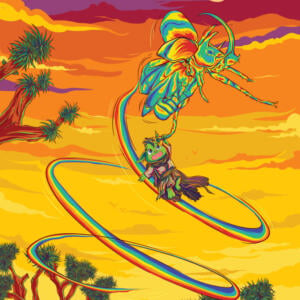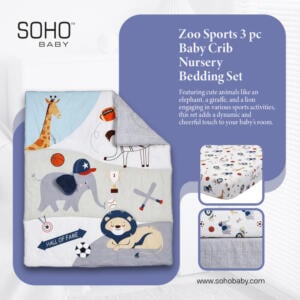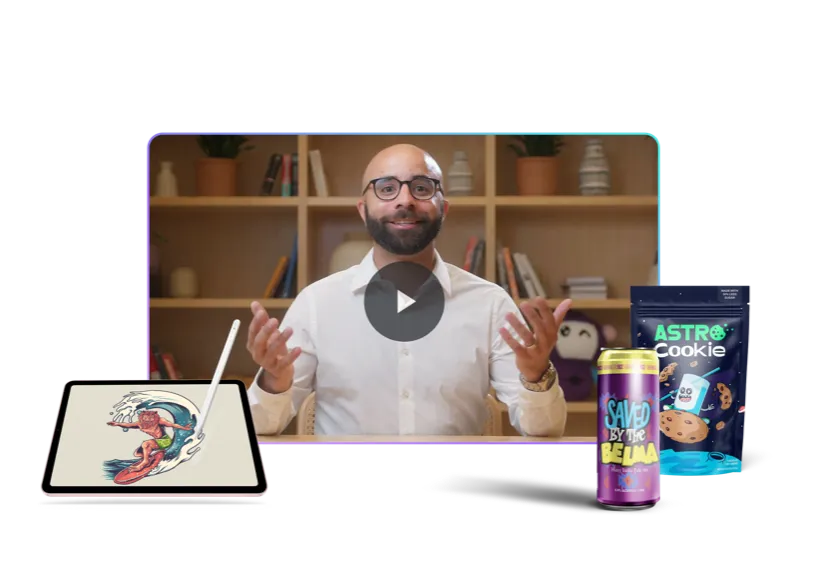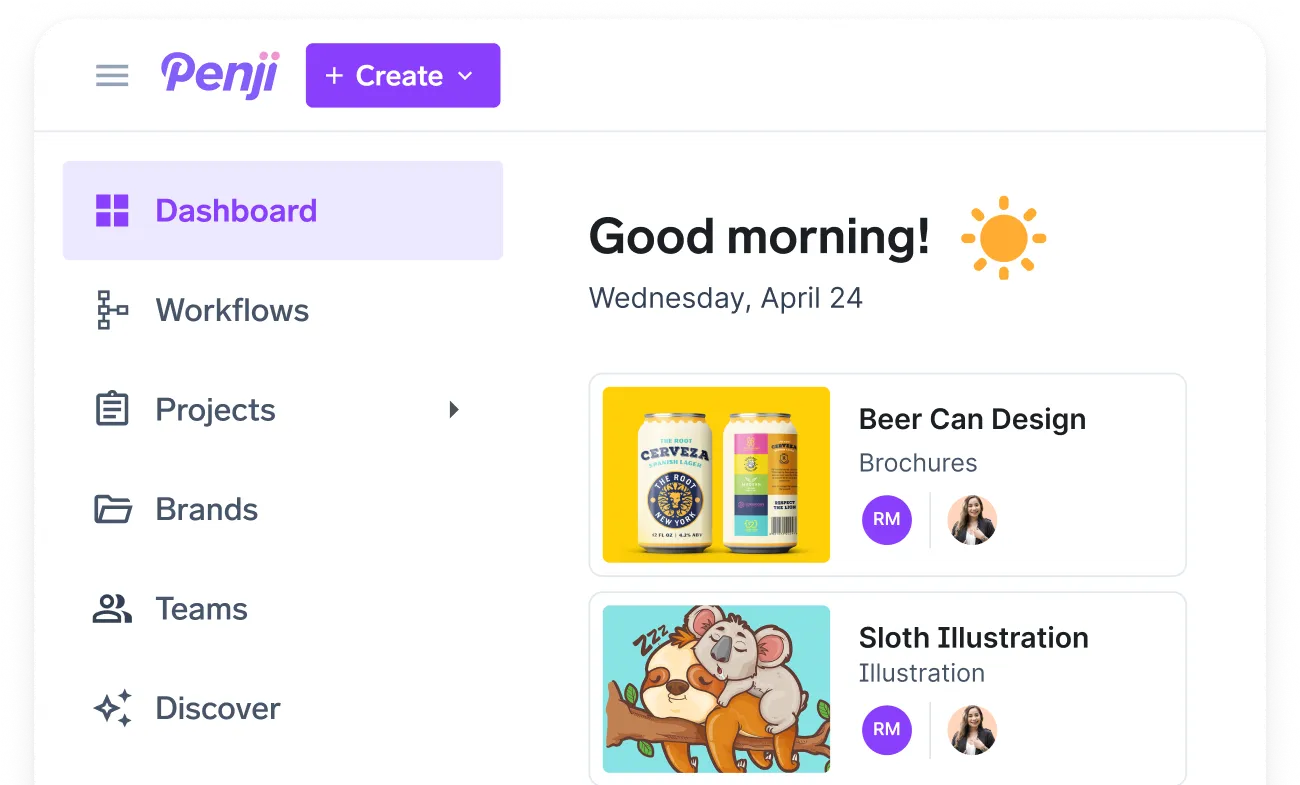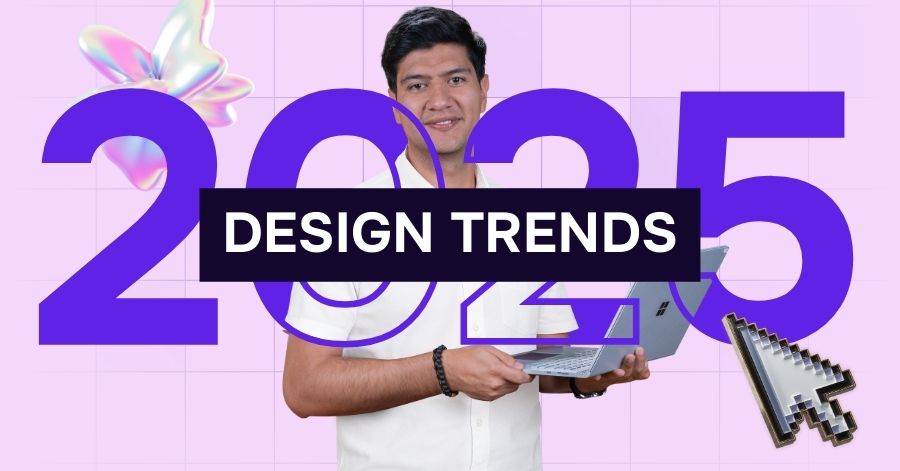
Introduction
Did you know that 65% of people are visual learners, and content with visuals is viewed 94% more than content without them? That means design isn’t just about looking nice, it’s about making sure your message actually lands. This year graphic design trends emphasize individuality, interactivity, and clarity. You’ll notice a heavy emphasis on natural, environmentally sensitive images, larger typefaces, greater motion, and immersive 3D designs. Because audiences are spending more time scanning and less time reading, these changes are taking place. They are looking for reliable content that feels contemporary.
You’ll discover what’s new, why these changes are important, and how to leverage them to differentiate your marketing as you go through this tutorial. Let’s examine the key trends for 2025 that you should be aware of.
Why Graphic Design Trends Matter
You might ask yourself, “Do I really need to follow design trends?” The answer is yes, but with balance. Following trends is not the same as mindlessly replicating what others are doing. Rather, they give you insight into what viewers are interested in at the moment.
Consider it this way: consumers react practically immediately when they visit your website or scroll past your social media post. They might believe the brand behind it is also out of date if the design appears antiquated. On the other side, consumers are more likely to believe your message if the design is modern and appealing.
In order to keep organizations ahead of the curve, graphic design services frequently modify their work to fit these trends. You can choose which of these changes best suit your brand by keeping an eye on them. In this manner, you maintain your relevance without sacrificing your distinct style.
2025 Graphic Design Trends
1. Bold and Oversized Typography
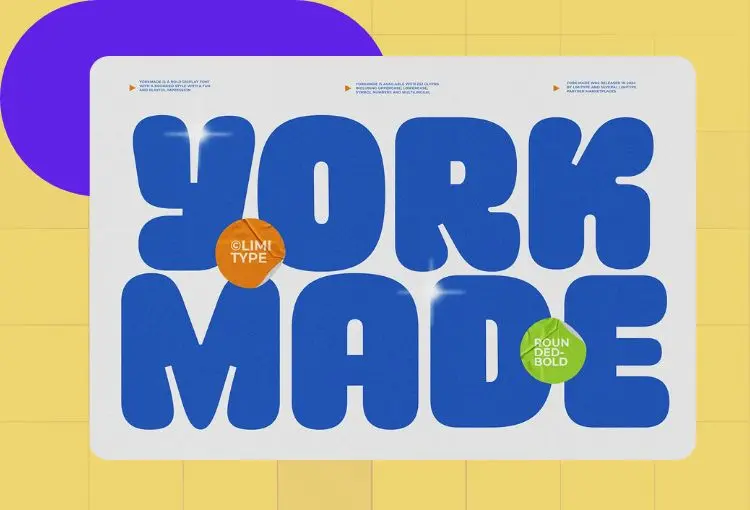
Text is no longer just a support tool it’s now the main design feature in many campaigns. You’ll see headlines so big that they almost cover the whole screen.
Why it’s trending: People scroll quickly, and an oversized type makes your message clear even at a glance. How to use it: Stick to short, punchy words. Combine large fonts with plenty of blank space to avoid clutter.
Example: A landing page with the words “SALE TODAY ONLY” in huge type immediately gets the point across without needing extra visuals.
2. Stunning 3D Images
3D is replacing flat graphics, which are becoming less popular. Shapes, product mockups, and entire animations all benefit from the depth and lifelike quality that 3D brings to designs.
Why it’s popular: 3D images replicate real-world situations, which holds viewers’ attention for longer.
Use it sparingly at first. Your material can appear more dynamic even if you include 3D product representations in social media advertisements.
For instance, rather than just displaying a flat photo, an online shoe retailer may display spinning 3D sneakers.
3. Personality and Minimalism
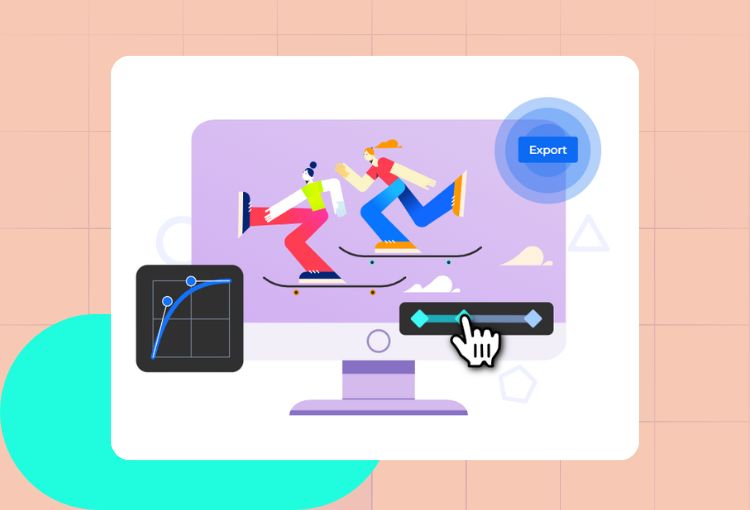
Being dull is no longer the goal of minimalism. In 2025, minimalism combines simple designs with unexpected or entertaining elements like textures, gentle gradients, or oddball iconography.
Why it’s popular: People desire both character and simplicity.
How to use it: Keep your layouts clean but include one unique twist, like a pastel highlight or a hand-drawn symbol.
Example: A minimalist ad with a plain white background but a bright, smiling sun icon tucked in the corner makes it memorable.
4. Design Inspired by Nature and Sustainability
Sustainability has never been more important to audiences, and design reflects this. Organic shapes, earthy hues, and earthy textures are increasingly used in branding.
Why it’s popular: Audiences that respect responsibility are drawn to eco-friendly imagery.
How to use it: Select neutrals, browns, and subdued greens. Add textures that resemble recycled paper or fabric.
Example: A café could use packaging with soft brown tones, hand-drawn leaves, and a calm color palette to highlight eco-friendly values.
5. Interactive Graphics and Motion
For today’s fast-paced attention spans, static visuals are insufficient. Digital spaces are being dominated by interactive design elements, motion graphics, and hover effects. The reason it’s popular is that moving elements direct attention and capture focus.
How to use it: Include basic motion effects, such as buttons that change color when hovered over or sliding text.
Example: A fun, engaging experience is produced by a website that animates product features as you navigate.
6. AI-Powered Design Assistance
Artificial intelligence has evolved from a future concept to a tool that designers are currently utilizing. AI can assist with pattern generation, color palette suggestions, and even the creation of preliminary graphic drawings. It accelerates workflows and generates innovative ideas, which is why it’s popular.
Use it wisely: Don’t depend solely on AI. Use it to generate ideas, then apply human imagination to improve designs.
For instance, a marketer may utilize AI to propose five different logo versions, from which they could select one to further develop.
7. Inclusive and Diverse Visuals
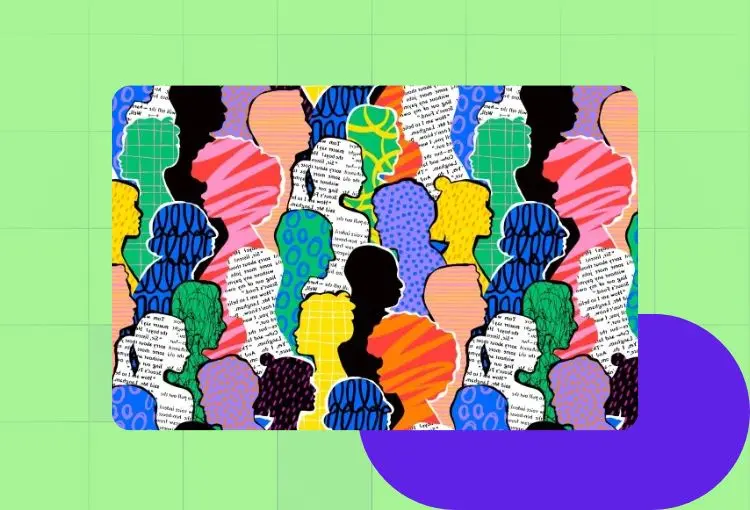
Representation is no longer optional. Designs now highlight diversity in people, cultures, and experiences.
Why it’s trending: Audiences expect brands to reflect real communities.
How to use it: Include a wide range of skin tones, body types, and cultural symbols in your visuals.
Example: A lifestyle brand’s campaign featuring diverse models resonates better than one showing a narrow idea of beauty.
8. Color Schemes Inspired by the Past
Throwbacks are becoming popular again. Designers are incorporating pixelated textures from the early days of the internet, pastel hues from the 1990s, and vivid neon colors from the 1980s.
Why it’s popular: People who experience nostalgia feel more at ease and connected.
How to apply it: To prevent appearing dated, combine contemporary layouts with vintage colors.
Neon gradients in a social media ad, for instance, are playful and contemporary while paying homage to earlier decades.
9. Human and Hand-Drawn Components
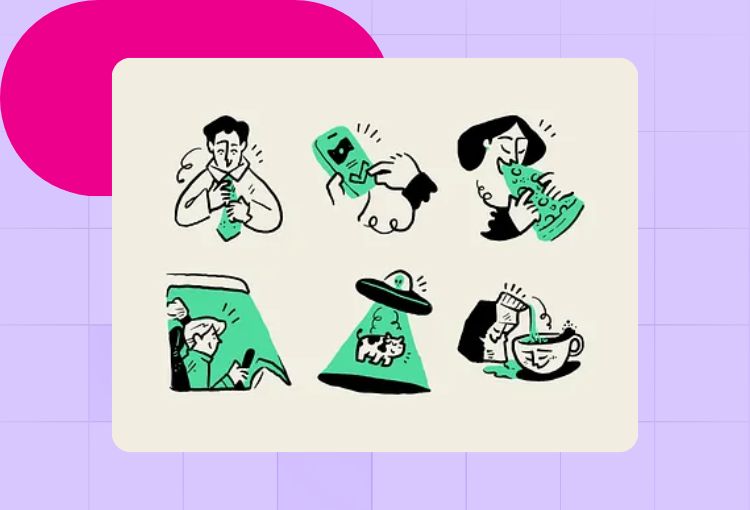
It is wonderful to see hand-drawn images and imperfect sketches in a world full of computer perfection.
It seems genuine and intimate, which is why it’s popular.
How to use it: Mix hand-drawn icons or doodles with polished layouts.
Example: A food brand could include a hand-sketched carrot icon next to its clean, modern logo.
10. Data-Driven Infographics
Information design continues to be important, especially for marketers. In 2025, data visuals are becoming more creative and engaging.
Why it’s trending: People prefer quick visuals over long text.
How to use it: Convert important statistics into dynamic maps, vibrant infographics, or straightforward charts.
Example: Share a one-page infographic with easily readable icons that highlights the best outcomes rather than a lengthy report.
In conclusion
As you can see, 2025 Graphic Design Trends blend daring concepts with significant decisions. Large fonts get attention, motion holds it, and eco-friendly design fosters confidence.
You don’t need to use every trend at once. The real value comes from choosing the ones that fit your goals and your audience. Pay attention to what resonates, test new approaches, and refine over time. When you stay flexible and thoughtful, your designs will stay relevant.
If you’d like to explore design support that makes keeping up with trends easier, you can always check out penji.co for creative solutions.
FAQs
1. What is the biggest graphic design trend in 2025?
Bold typography and immersive visuals stand out most, as they capture attention quickly.
2. How do I know which design trend fits my brand?
Consider your audience first. Pick trends that align with your values and message.
3. Are design trends only for large companies?
No. Small businesses can also apply trends like minimalism or retro colors at a low cost.
4. How do motion graphics improve marketing?
They make content more engaging and guide viewers’ focus to key details or actions.
5. Do I need professional help to use these trends?
Not always. Many tools help you get started, but working with graphic design services can save time and ensure quality.
About the author

Je Ann Bacalso
Je Ann is a creative content writer who crafts engaging, SEO-friendly articles and web copy. With a passion for storytelling and a sharp eye for detail, she delivers clear, compelling content that connects with readers.


